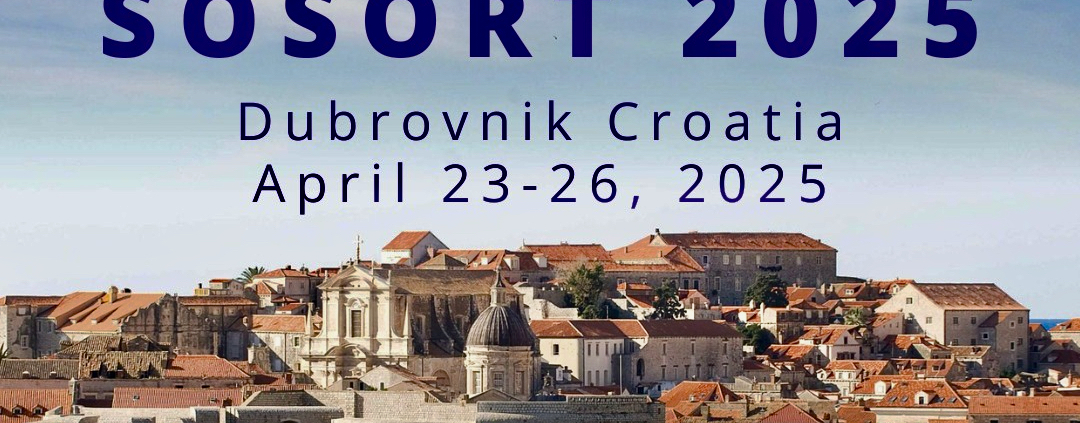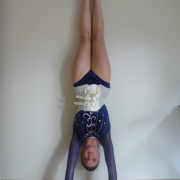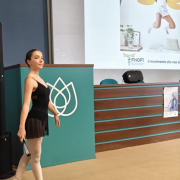ISICO sets a record at the SOSORT Congress: here are the final two studies nominated for the AWARD
Once again this year, ISICO stands out at the international SOSORT Congress, scheduled to take place in Dubrovnik from 23 to 26 April. Among the 12 studies accepted for the congress as oral or poster presentations, no fewer than four were selected among the 10 contenders for the SOSORT AWARD, the most prestigious recognition for research in the field of rehabilitative treatment of spinal disorders.
After presenting two of the finalist studies in the March newsletter, in this issue we introduce the other two studies in the running for the prize:
“The Idiopathic Scoliosis Graphical Representation Of Worsening Trend of Natural History (IS-GROWTH) communication tool provides a reliable prediction useful to manage long-term treatment during growth” and “Wearing a brace for idiopathic scoliosis above 18 hours/day shows a dose-response effect on the outcomes improvement and end-of-treatment Cobb angle below 30 degrees”.
Two studies which, although very different from each other, focus on key themes for our daily practice: the effectiveness of bracing and communication with patients.
Over 18 hours a day: the “brace-effect” gets confirmed.
Our study “Wearing a brace for idiopathic scoliosis above 18 hours/day shows a dose-response effect on the outcomes improvement and end-of-treatment Cobb angle below 30 degrees” shows that wearing a brace for more than 18 hours a day leads to significantly better outcomes in the treatment of adolescent idiopathic scoliosis.
The findings of this research, conducted on 884 adolescent patients, reinforce what was already highlighted by the BrAIST (Bracing in Adolescent Idiopathic Scoliosis Trial) study, but also show that the benefit does not stop at 18 hours: the more the brace is worn, the greater the chance of ending treatment with a curve below 30°, thus reducing the risk of problems in adulthood.
Key findings include:
- Wearing the brace for over 18 hours a day avoids surgery in 97-98% of cases.
- With strong compliance, exceeding the 50° Cobb threshold is highly unlikely
- The more time the brace is worn, the higher the likelihood of ending with a curve below 30° Cobb.
- In the most compliant patients, curve improvement exceeds 60%.
“This study settles a debate that has gone on for years: wearing the brace for longer, if well tolerated, produces better results. The progression of scoliosis is avoided and the curve is improved, in a therapeutic path based on decisions shared with patients and families,” highlights Professor Stefano Negrini, one of the study’s authors. “Working with a personalised and collaborative approach with patients has enabled us to achieve very high compliance, even exceeding what is commonly reported in the literature. It demonstrates that it is possible to be effective even in everyday clinical practice,” concludes Negrini.
IS-GROWTH: a new ally to predict and communicate scoliosis progression
How can we explain to an adolescent and their family that even a worsening outcome in the rehabilitative treatment of scoliosis can be a good result?
The new IS-GROWTH model (analysed in the study “The Idiopathic Scoliosis Graphical Representation Of Worsening Trend of natural History”) was born to answer this challenge, improving communication and long-term treatment management.
When it comes to idiopathic scoliosis, communication is an integral part of treatment. For a rehabilitative pathway to succeed, it requires sharing, motivation, and awareness.
It is precisely to support all this that ISICO has developed IS-GROWTH: a visual and predictive tool that graphically represents the natural progression of scoliosis during growth.
“In idiopathic scoliosis, often the best result is not improvement but simply not worsening. This concept is difficult to convey without a tool that clearly shows what the natural curve evolution would be without treatment,” explains Professor Stefano Negrini, author of the study.
The model was built using over 3,000 X-rays from more than 1,800 participants, from infancy through adolescence, and validated on 552 patients, with 95% accuracy after adjustment for radiographic measurement error.
Its objective? To provide a personalised graphical representation of the expected curve progression, divided by growth phases and updated over time. This allows clinicians to:
- better understand the individual case trend;
- strengthen dialogue with patients;
- motivate them throughout the treatment pathway.
The model has proven particularly useful during follow-ups: 79% of doctors use it to motivate patients, and 84% consider it valuable for monitoring progression and interpreting results achieved.
“IS-GROWTH is not just a predictive model; it is above all, an ally for everyday communication. It helps us make patients participate and to build a more conscious therapeutic path,” – concludes Negrini.











Leave a Reply
Want to join the discussion?Feel free to contribute!